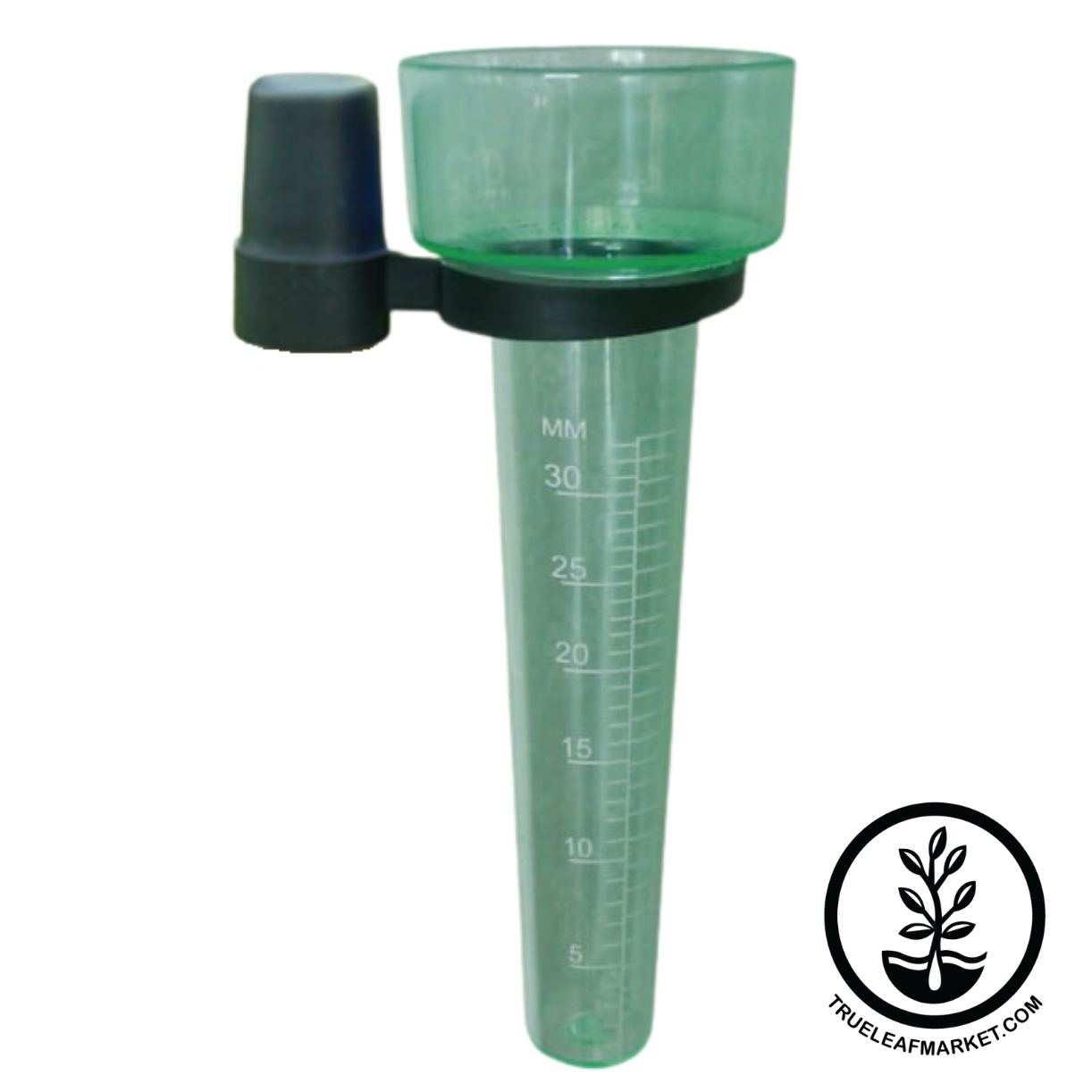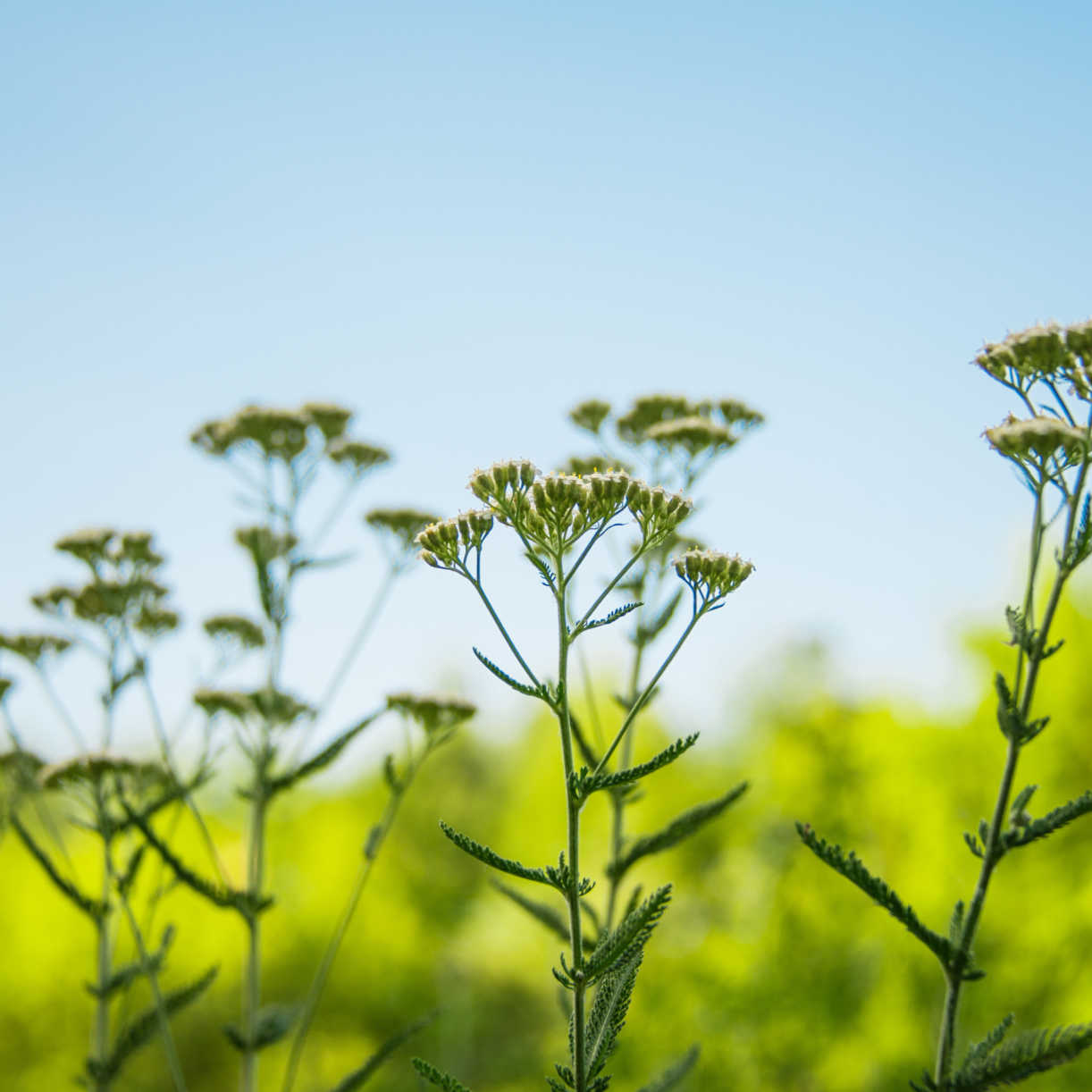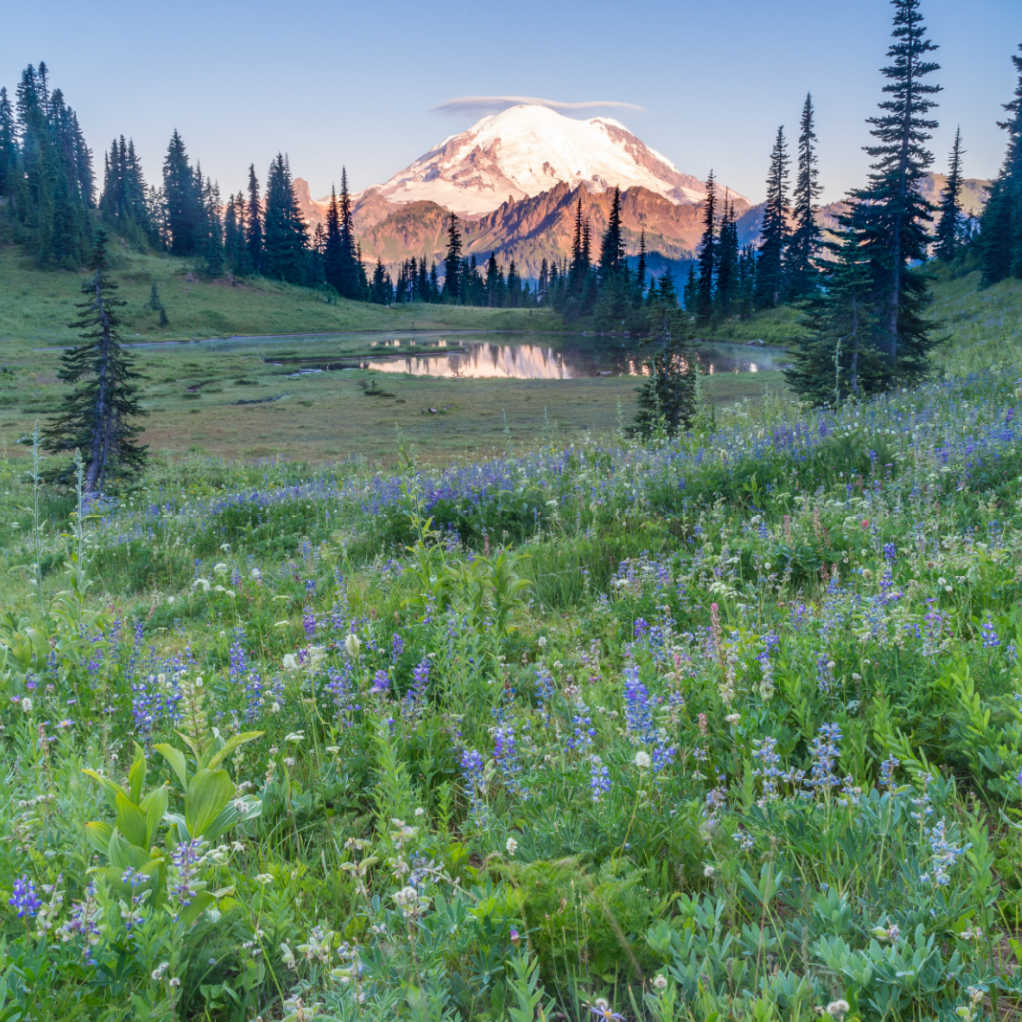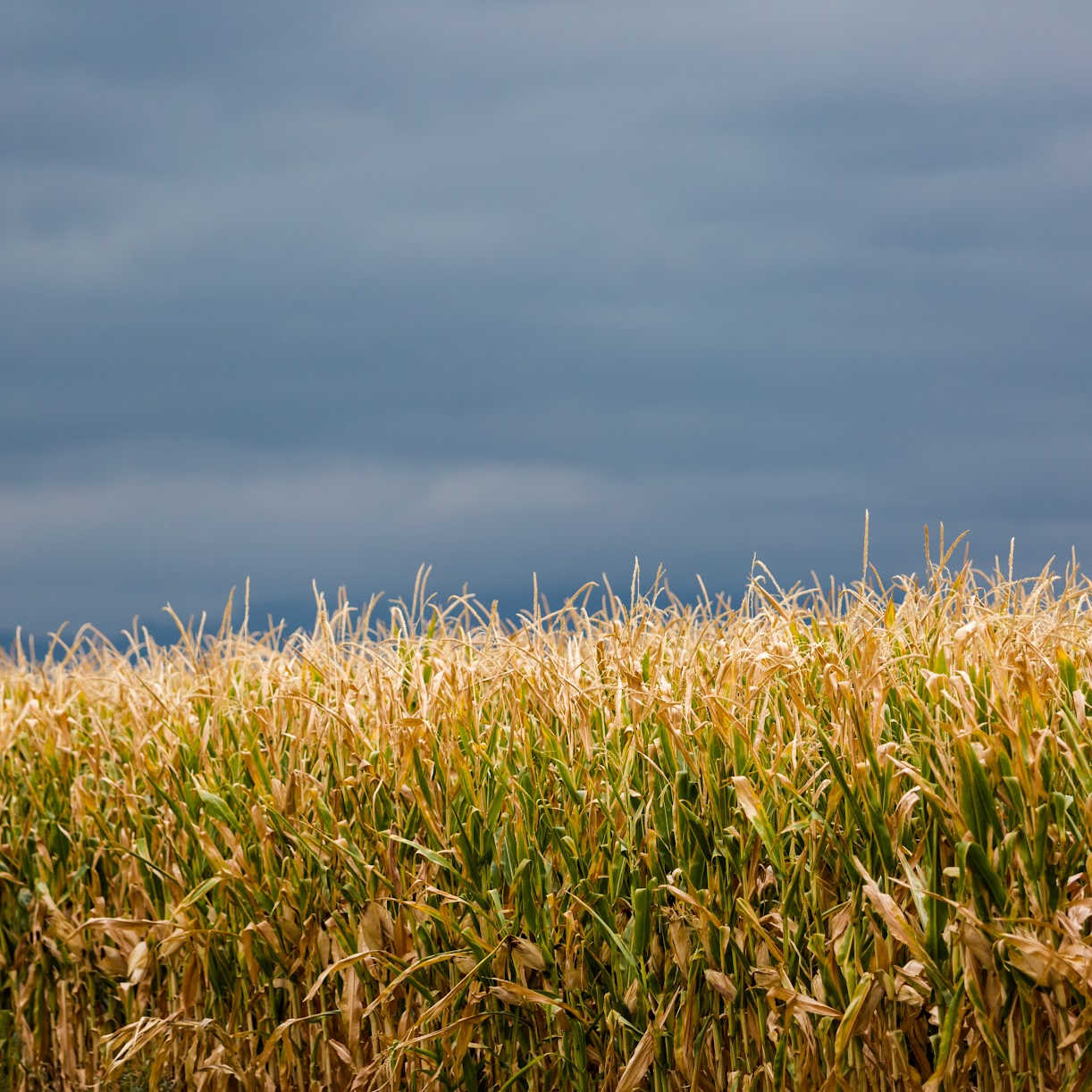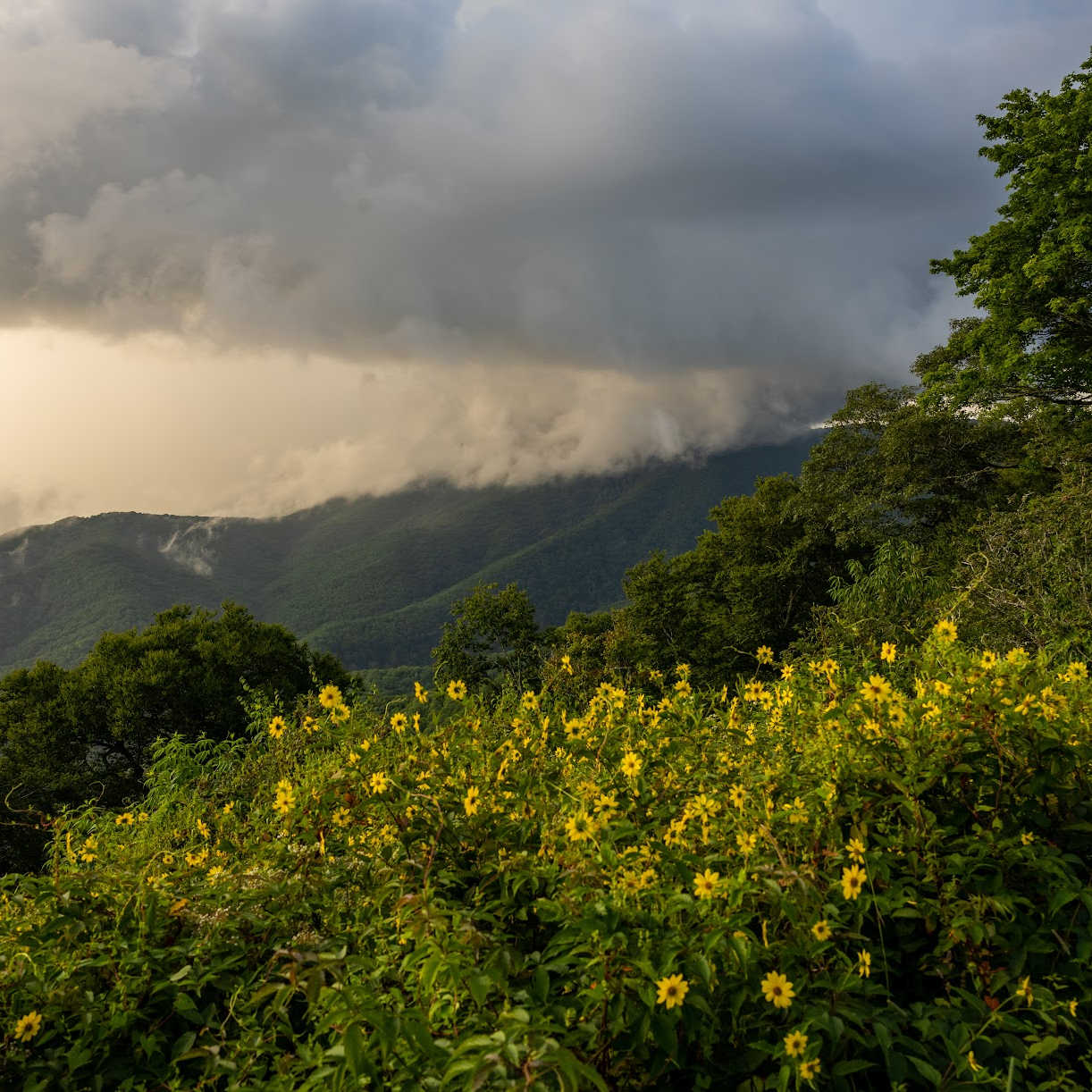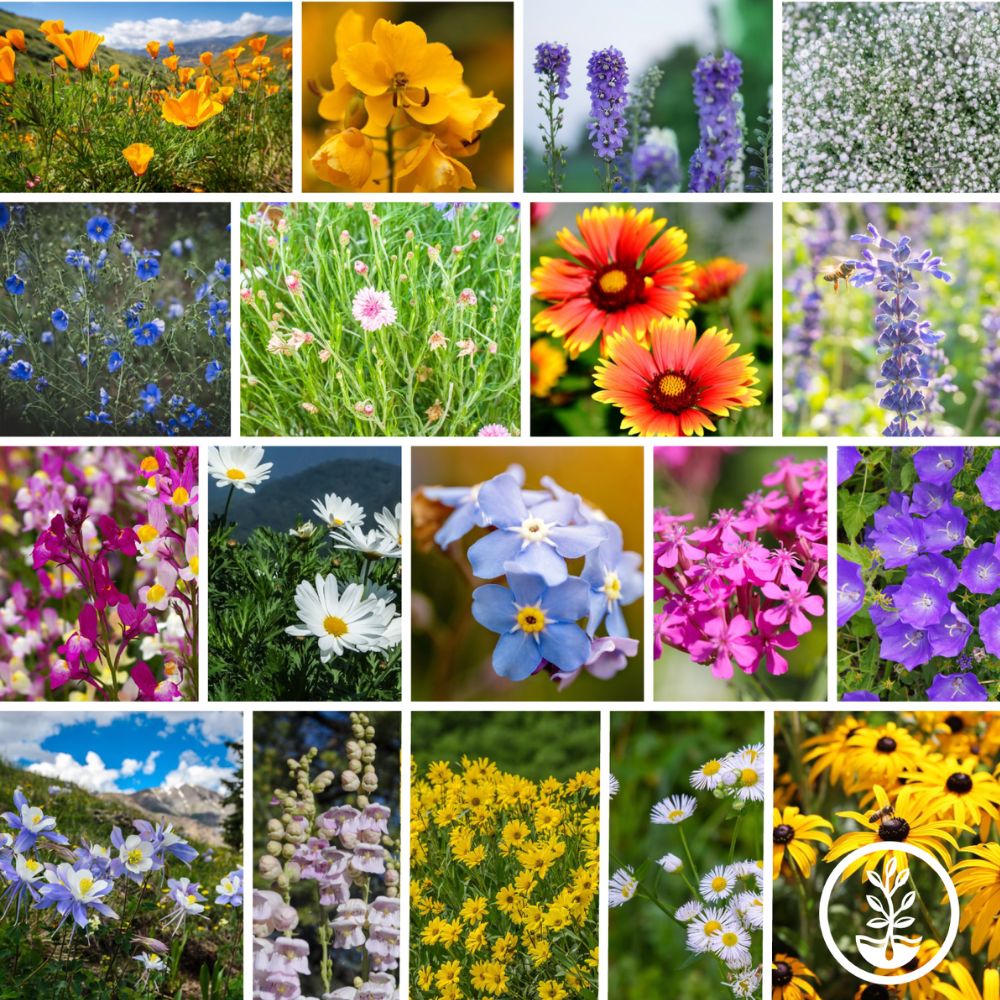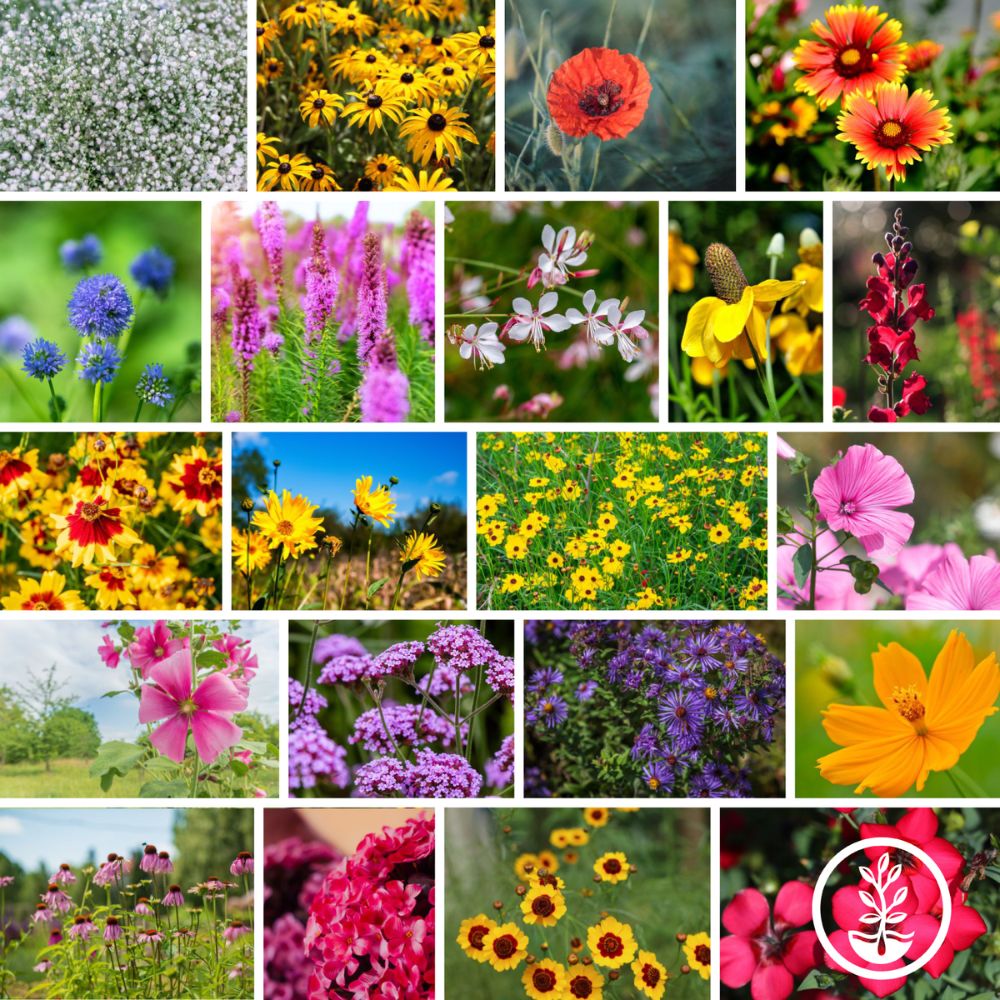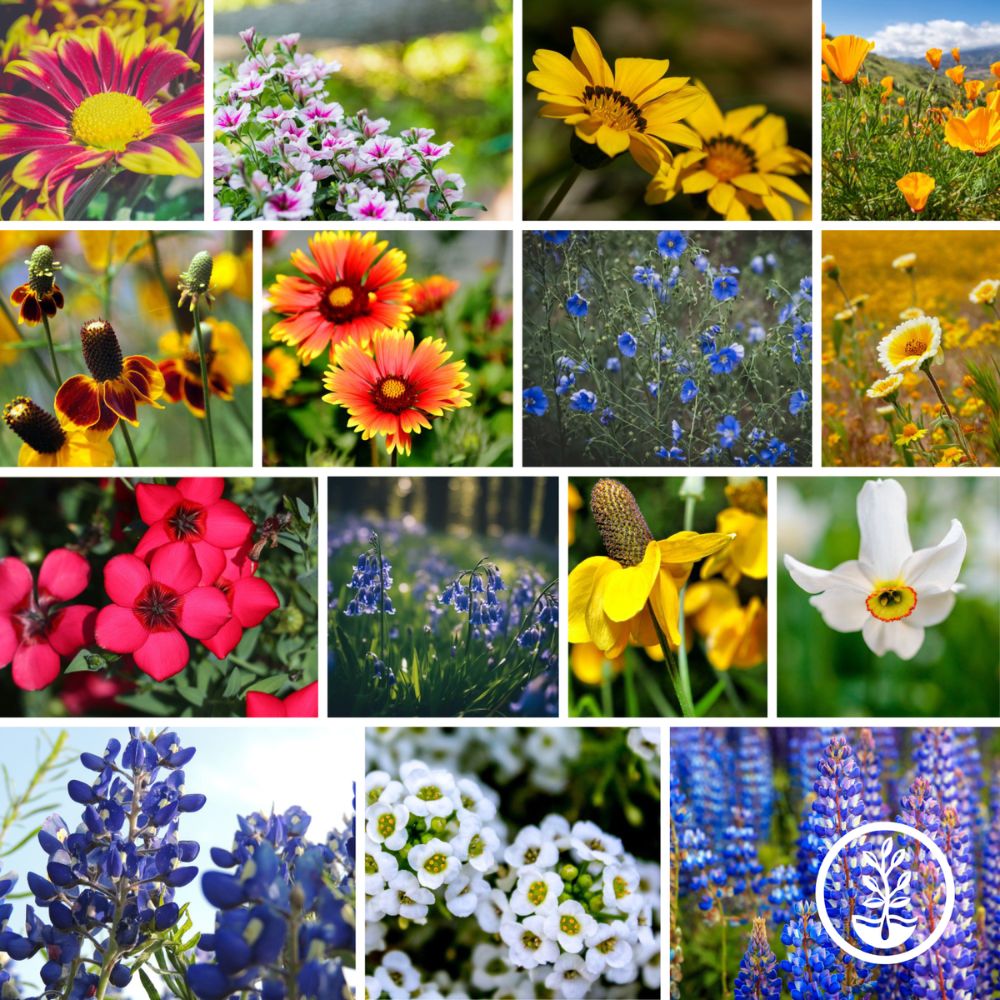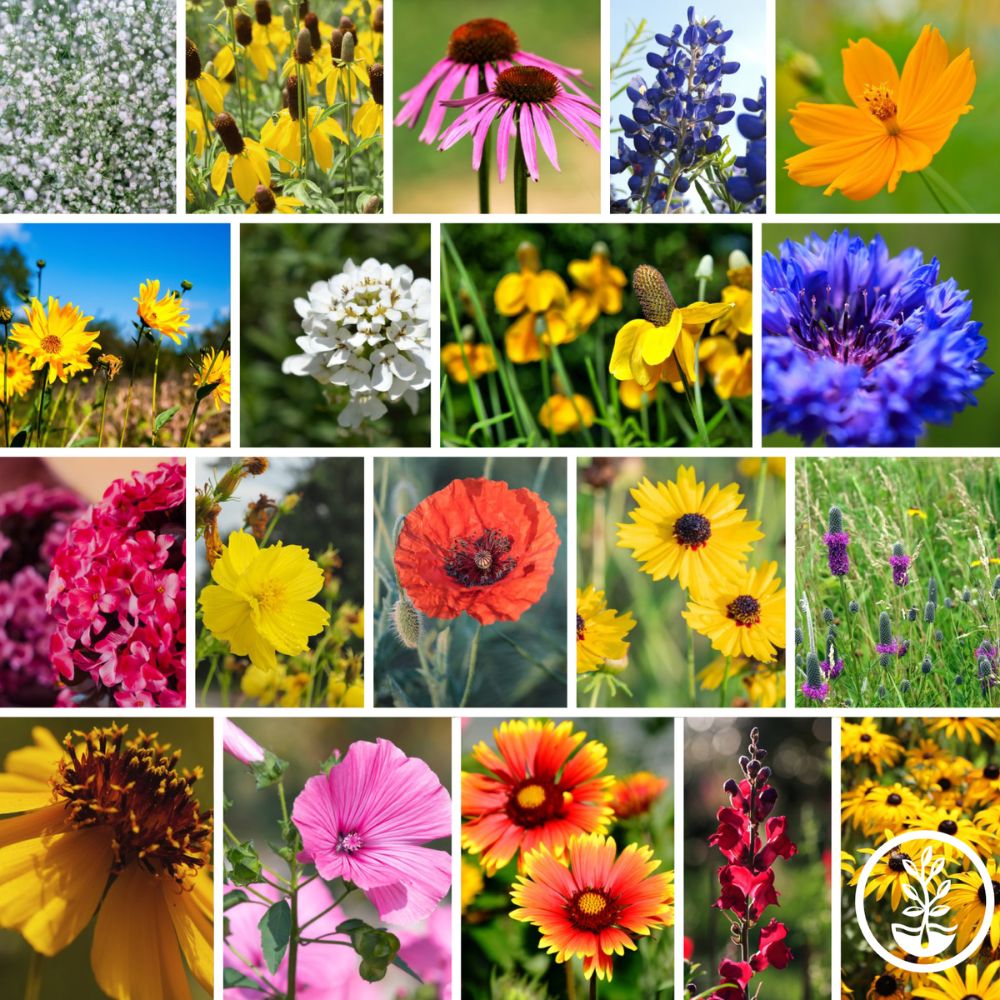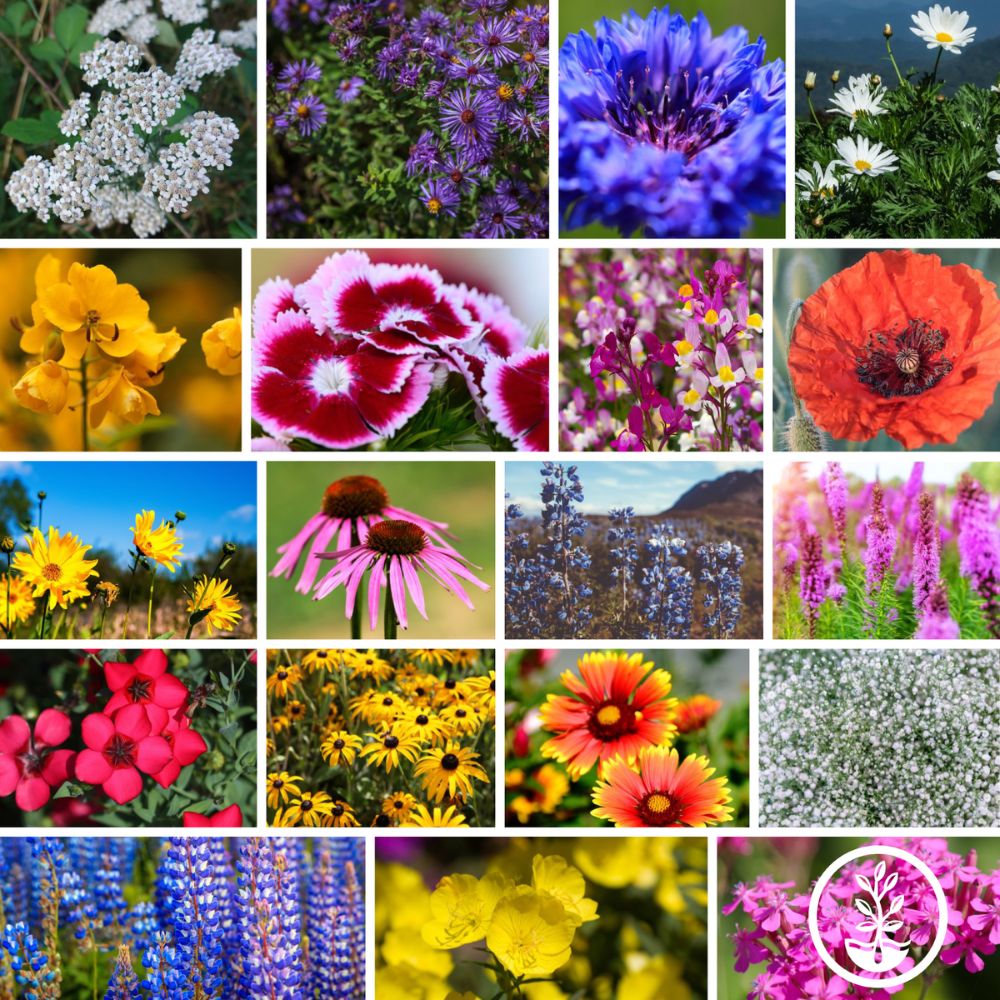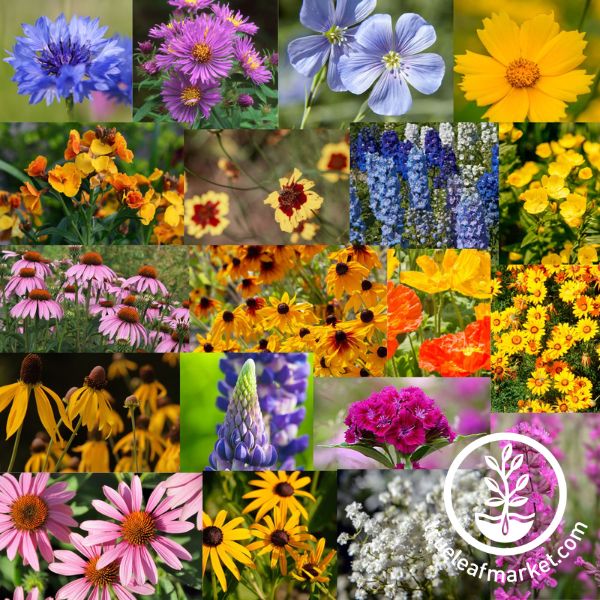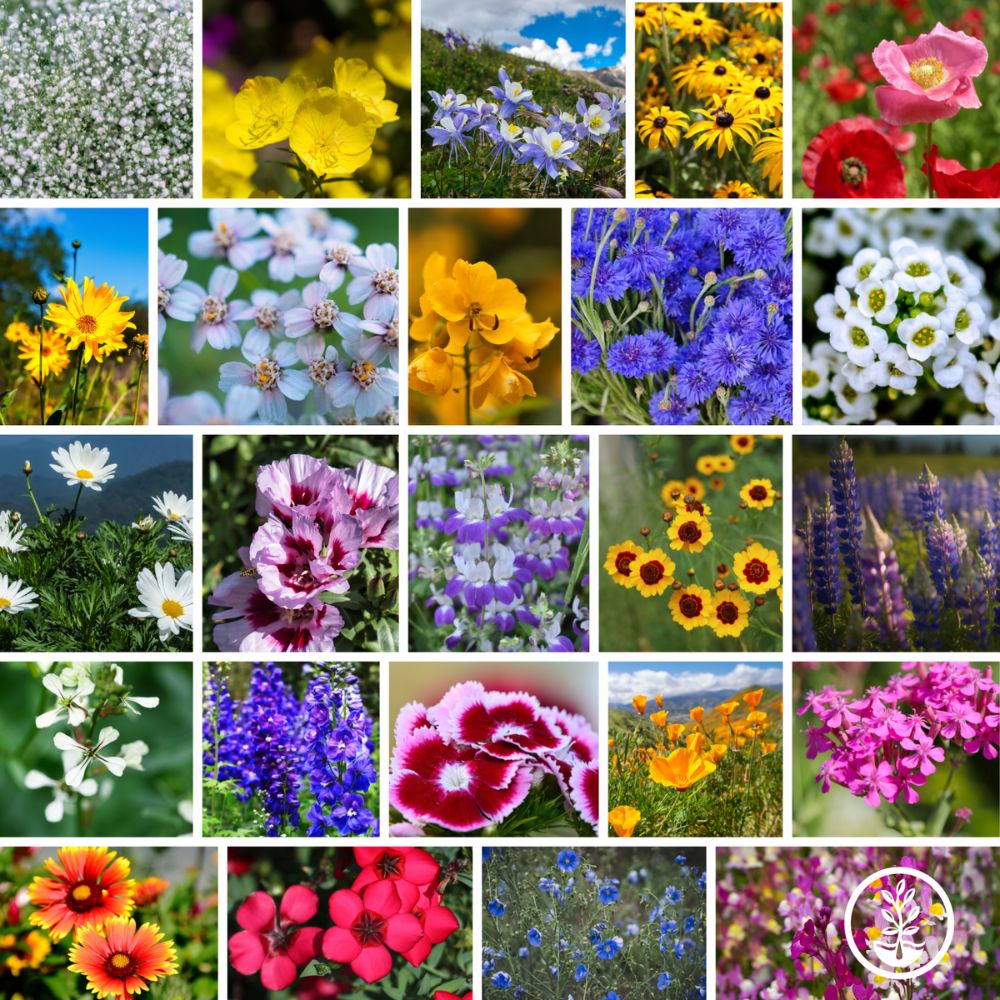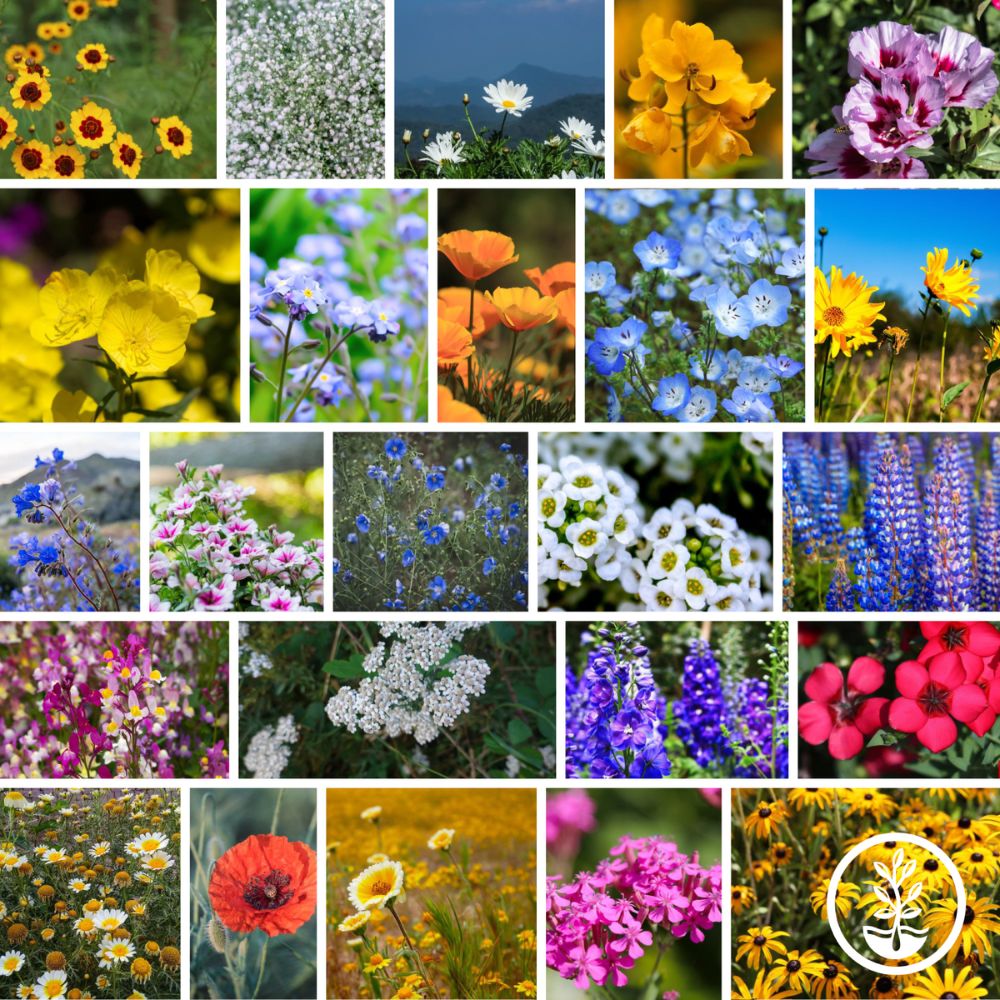
Ashleigh Smith

 |
Written By Lara Wadsworth |
Rain gardens are quickly gaining popularity for their perfect marriage of utility and beauty. What simply looks like a beautifully landscaped garden is actually a native habitat that serves as a storm drain and water sponge. But how do you make one?
Designing A Rain Garden
The general structure of a rain garden is simple. It is a low bowl with a berm around the edge and is filled with a layer of sand or gravel, fertile or amended soil, native water-loving plants and is topped with a sturdy mulch. There are countless videos and diagrams on the internet elaborating on this structure and how to implement it. The general idea is to slow down water in order to prevent erosion and provide a way for it to soak into the soil without compromising the integrity of the land.
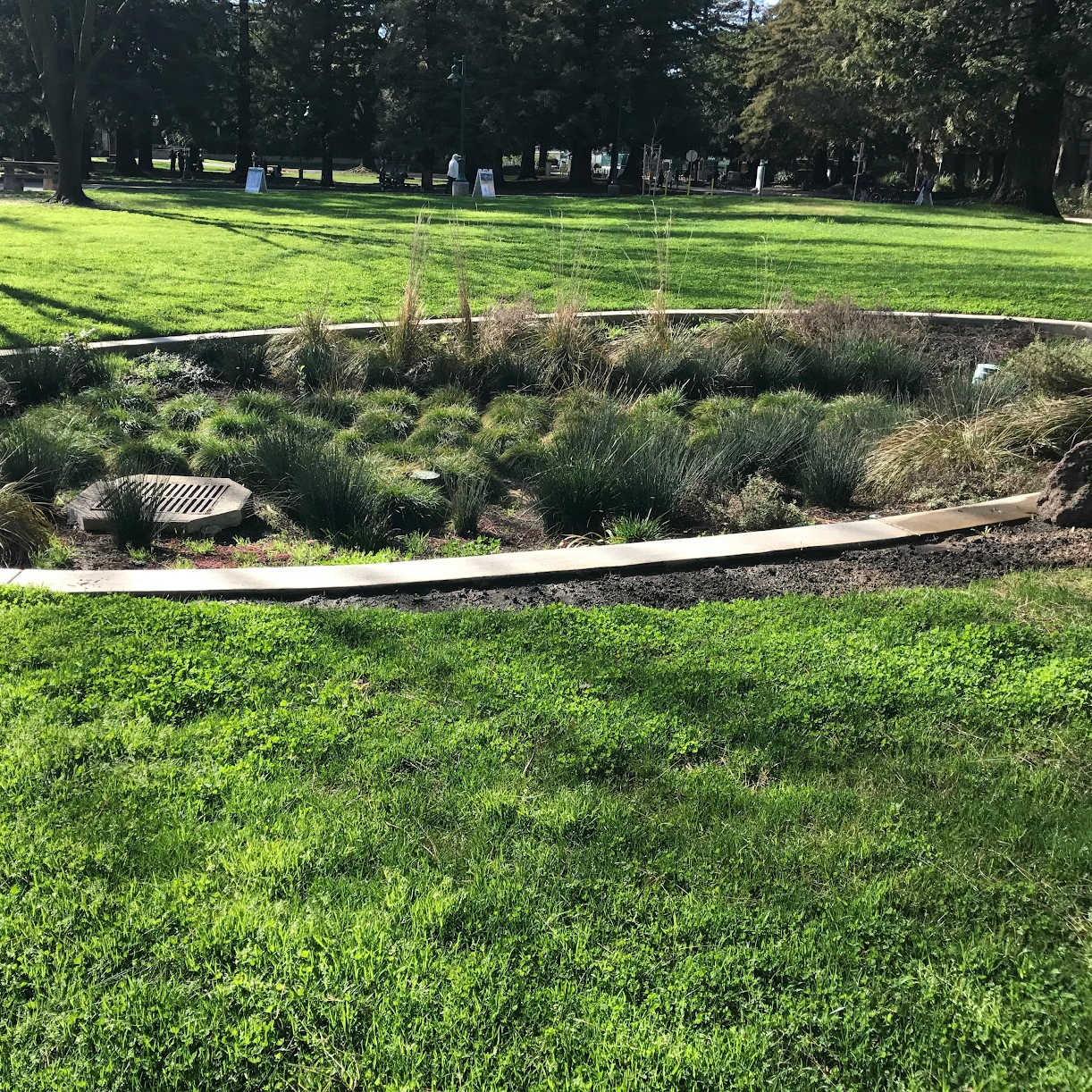
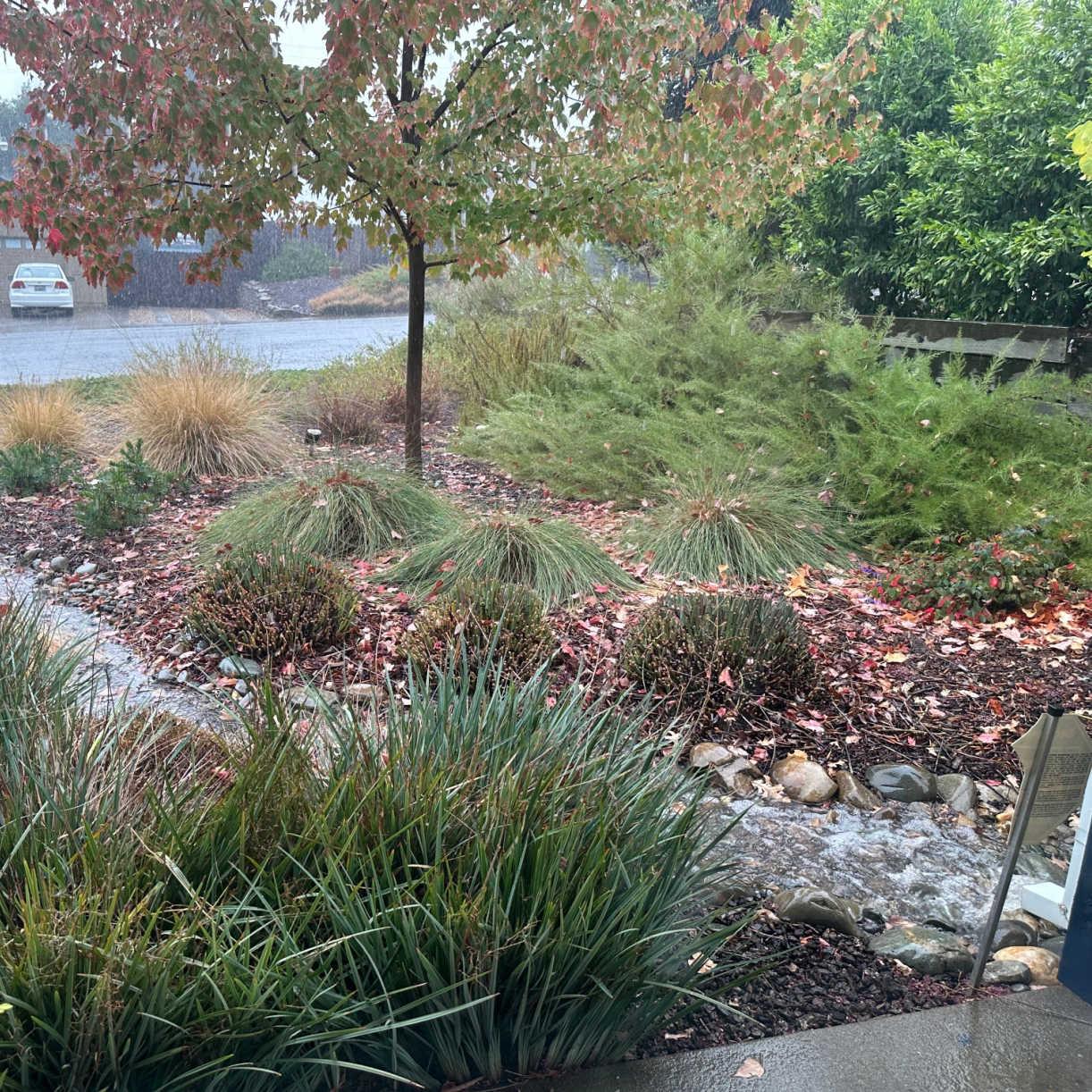
There is also the option to redirect water via drain pipes. Polyethylene drain tubing is excellent for this and can even be buried underground to preserve the aesthetic of your yard. Use these to funnel water to your rain garden from your house’s downspouts or other areas that may collect lots of water. Placing rocks at the entry point of the water to the rain garden can prevent the mulch from being washed away.
The best place to locate a rain garden is a low spot in your yard that usually gathers lots of water. Choose a low site that, after a hefty rainfall, is mushy, has a big puddle, or has been eroded by the flowing water. It should ideally receive at least 8 hours of sunlight per day, but the selection of plants can be adapted if more shade is necessary.
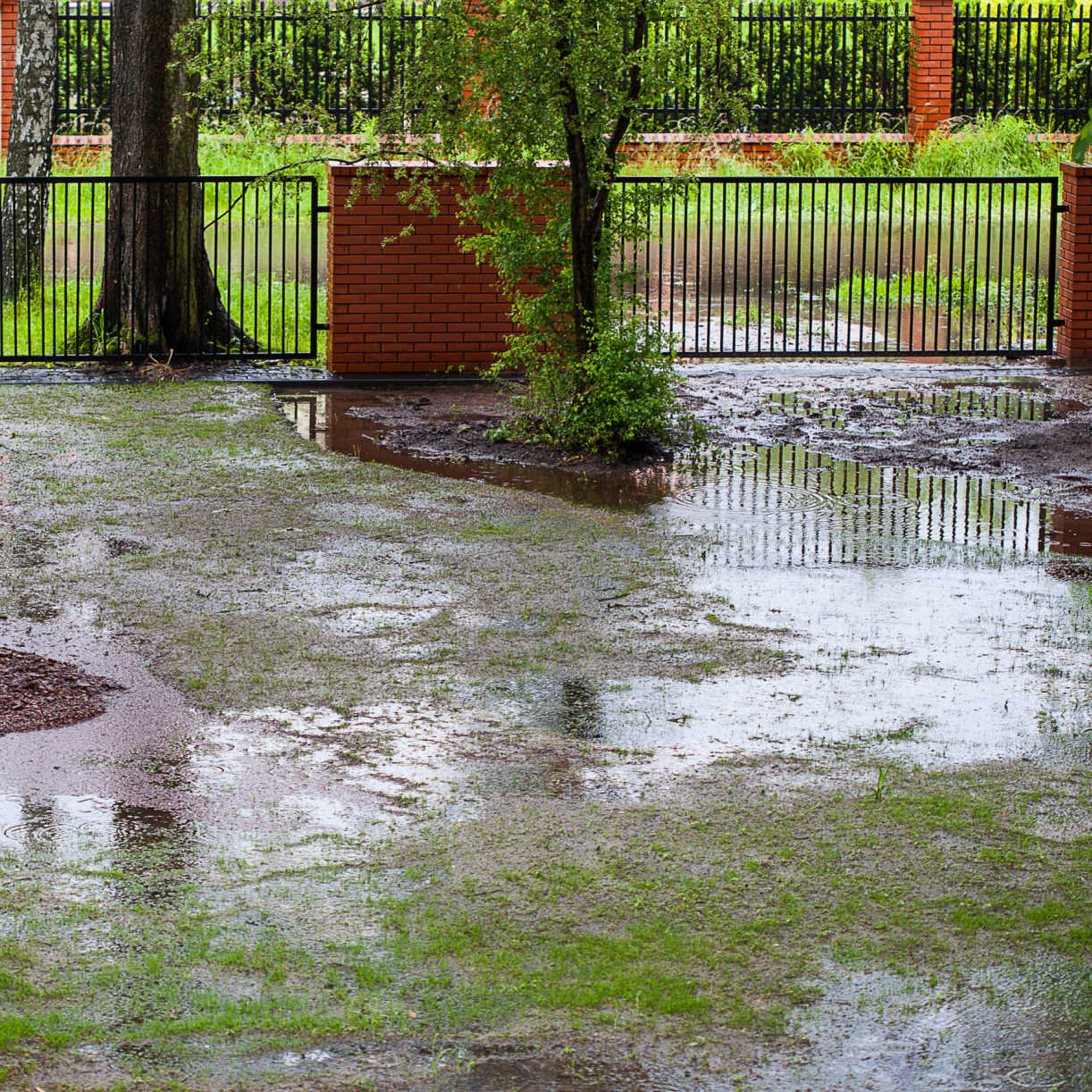
Measuring Rainfall
When planning a rain garden, it can be helpful to measure how wet your soil is throughout the season and how much rainfall you receive. To measure your rainfall, simply place a rain gauge in an uncovered location in your yard. Then, keep a record of how much rain you receive each day over a period of time. The rain gauge will tell you how much rain is received in millimeters. You can then calculate the average rain received in a day, week, month, and year. A moisture meter can also be useful in identifying wet or dry spots throughout your landscape that should be taken into consideration when selecting your rain garden location.
Choosing Plants for a Rain Garden
Once you have your structure and before you add that layer of mulch, you need plants! However, choosing what plants to include can be very daunting. The USDA has a fantastic database of plants that you can filter and search through for precise criteria. Select your region’s native plants or even native wetland plants on their filters. Another great resource is The National Wildlife Federation's native plant database, where you can search for native plants by zip code. Between these two databases, you should be able to find a healthy list of plants that fit your location’s needs. While browsing, remember that you need exclusively native plants tolerant of water and drought. Take into account your specific location’s sun and shade amounts as well. This list will be different for each region.
Check with your local Department of Natural Resources or university extension office to see if they already have a list of native rain garden plants for your area. Generally, cattails and other grassy water-loving plants can be placed where the most water lies and other sedges and wildflowers can be placed in between to provide beauty and further functionality.
Place plants closer together than normal to encourage their canopies to fill in. There should be a plant about every 18 inches or so. The more root systems there are, the more erosion-resistant the garden will be. Divide the size of your rain garden’s square footage by 2.25 to estimate approximately how many plants you should be looking for.
Regional Wildflower Mixes
Finish With a Layer of Mulch
Once you have created your basin, amended the soil if necessary, and added your selected plants, it is time to finish with a layer of mulch. Topping your exposed soil with mulch will help keep the roots cooler during the hot summer months and suppress weeds. Over time this layer will break down and become a valuable soil amendment. Every year or two, additional mulch should be added to maintain these benefits. When soil is left exposed, it is more likely to erode, spring full of competitive weeds, and maintain warmer soil temperatures.
Maintaining a rain garden after installation is very simple. Thanks to all the native plants, it should rarely need supplemental watering except to help it get established. Each year, assess your garden and cut back or divide any plants that might be overtaking the rest of it. Fall is typically the best time to do this, but specific instructions can vary by the plant species you have selected. Reapply mulch as necessary early each spring.
 |
Lara Wadsworth, True Leaf Market Writer |
I am a native of Southwestern Michigan, where I also reside, and I love all things plants! I got a Bachelor's Degree in Horticulture and found the first work-from-home job I could get. Now, I spend my days writing for TLM, playing with my dog, eating delicious food with my husband, and plotting my next landscape or gardening move. I believe everyone should get down and dirty in the soil now and then. Happy Gardening!
About the Author

I'm Ashleigh Smith, a native to Northern Utah. I first gained a love of gardening with my grandmother as I helped her each summer. I decided to make a career of it and have recently graduated with a Bachelor's degree in Horticulture from Brigham Young University - Idaho. My studies have focused on plant production while I also have experience in Nursery & Garden Center Operations.
Become a True Leaf Market Brand Ambassador! You’ll enjoy awesome perks, free products and exclusive swag & offers! Help us create a gardening revolution and help others experience the joy of growing!
Leave a comment
Your email address will not be published. Required fields are marked *
1 comments
Dee
I had just finished reading an email from my daughter in Kentucky about the overabundance of rainfall, that is turning their yard into a swampy mess again. Then I read your timely article about making a water garden, so I will be forwarding it to her, immediately. I think they have the perfect spot for one.
Further Reading

What Does the Updated USDA Zone Map Mean?
Written By Lara Wadsworth You may have heard a rumor about how the USDA has updated the zone map. The rumors are true! In November of 2023, the USDA released an updated hardiness zone map. What are the practical implications of this for you as a farmer...

Ashleigh Smith
2024-07-107 min read4
Nurturing The Fierce Green Fire: Aldo Leopold
Written By Lara Wadsworth “When we begin to see land as a community to which we belong, we may begin to use it with love and respect.” Such were Aldo Leopold’s words in his most popular book, A Sand County Almanac. This book is now known as one of the ...

Ashleigh Smith
2024-07-096 min read0
Ron Finley: Empowering Urban Gardeners
Written By Lara Wadsworth Have you ever wondered why gardening is often associated with retired individuals or hippies these days? I often do, and think this should change. Ron Finley, a Los Angeles-based fashion designer and urban gardener, also think...

Ashleigh Smith
2024-07-026 min read0
Rachel Carson: The Mother of Environmentalism
Written By Lara Wadsworth It is common knowledge these days that pesticides should be used with caution. While conventional farmers continue to use them frequently, they realize the danger of careless applications. Today, pesticides are applied in much...

Ashleigh Smith
2024-06-257 min read0




